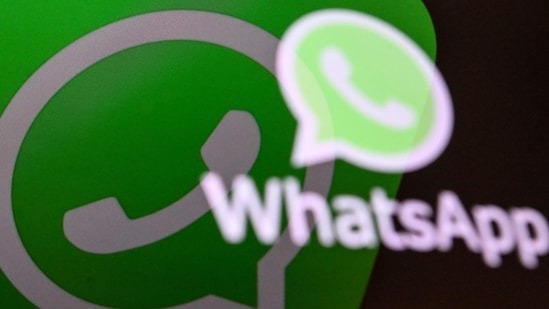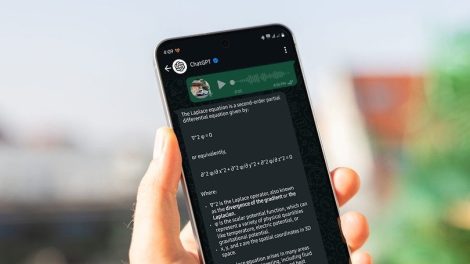WhatsApp remains a cornerstone of modern communication, relied upon by billions worldwide for personal conversations, business interactions, and everything in between. However, like all technology, the app evolves, requiring its supporting devices to meet certain criteria. Recently, WhatsApp announced that it would no longer support specific Android phones, leaving many users scrambling to understand what this means for them and their access to the app. If you’re one of the affected users, this comprehensive guide will help you navigate the situation and explore practical solutions.

WhatsApp periodically updates its requirements for the devices it supports, focusing on ensuring security and compatibility with its latest features. This means older Android versions and certain hardware configurations are no longer compatible with the app. For users still operating devices on outdated systems, this can be a rude awakening, as the app becomes inaccessible unless immediate action is taken. While the news can be concerning, it’s essential to understand why this happens and what steps you can take to regain access to the platform.
The cutoff typically occurs when Android phones fail to meet WhatsApp’s minimum requirements, such as running on an outdated operating system version. Currently, WhatsApp has set Android 5.0 (Lollipop) as the minimum operating system requirement. This means any phone still running on Android 4.4 or earlier versions is no longer supported. While this may seem abrupt, it’s a necessary step for WhatsApp to maintain user security and introduce advanced features. Devices with outdated operating systems are more vulnerable to security risks, lacking the updates necessary to counter emerging threats.
To illustrate this, consider the following table showing WhatsApp’s operating system requirements over recent years:
| Year | Minimum Android Version Required | Notes |
|---|---|---|
| 2020 | Android 4.0.3 | Supported some older devices |
| 2022 | Android 4.1 | Raised to ensure better security features |
| 2024 | Android 5.0 | Current requirement due to evolving technology |
The shift to Android 5.0 as the minimum requirement reflects a broader trend in the tech industry. Developers need a baseline that accommodates not only current security protocols but also hardware capabilities to run increasingly complex applications. For users whose devices no longer meet these requirements, the immediate challenge is figuring out the next steps.
The most straightforward solution is to check if your device can be updated to a newer version of Android. Many phones running older systems are capable of upgrading, depending on the manufacturer’s support policies. To check if an update is available for your device, navigate to the settings menu, look for “Software Update,” and follow the prompts. If an update is available, installing it could immediately resolve your WhatsApp accessibility issue.
However, not all phones can be upgraded due to hardware limitations. In such cases, you may need to consider alternative solutions. Upgrading to a newer device is the most reliable option, ensuring compatibility with WhatsApp and other modern apps. While this may require an upfront investment, it’s often the most practical way to maintain access to critical features and improve your overall smartphone experience.
For those not ready to purchase a new device, there are still temporary workarounds. You could explore using WhatsApp Web, which allows you to access your messages through a browser on another device. However, keep in mind that WhatsApp Web requires a working mobile device for initial setup and periodic synchronization, meaning this option is only viable if your current phone can still briefly run the app.
Another potential solution is to transfer your WhatsApp account to a family member’s or friend’s supported device while deciding on your next move. This option ensures you retain access to your chats and contacts without losing critical data. Keep in mind that transferring your account to another phone requires a verification code sent to your registered phone number, so ensure you can access SMS or calls on your current device during the process.
If you choose to upgrade your phone, understanding which devices will provide long-term compatibility is crucial. Prioritize smartphones that offer extended software support, as these will remain compatible with WhatsApp and other apps for years to come. Brands like Google and Samsung are known for providing longer update cycles, making them solid options for users who want reliability and future-proofing.
As you transition to a new device, it’s essential to back up your WhatsApp data to ensure nothing is lost. WhatsApp offers an in-app backup feature that saves your chats and media to cloud storage. On Android, this is typically linked to your Google Drive account. Before switching devices, ensure your backup is up to date by going to WhatsApp settings, selecting “Chats,” then “Chat Backup,” and initiating a manual backup. Once you have a new device, restoring your data is a simple process, allowing you to pick up right where you left off.
Another key consideration when dealing with unsupported devices is exploring alternative messaging apps. While WhatsApp remains one of the most popular platforms globally, there are other options like Telegram, Signal, and Messenger that offer similar functionality. These apps may have different operating system requirements and could serve as a temporary or permanent replacement if upgrading your device isn’t immediately feasible. However, keep in mind that switching platforms means rebuilding your contact list and potentially losing access to WhatsApp-specific features, such as status updates and WhatsApp groups.
The decision by WhatsApp to discontinue support for older Android phones is part of a broader industry trend prioritizing security and advanced features over legacy compatibility. While this can be inconvenient for affected users, it’s an opportunity to upgrade and explore new technologies. By understanding your options and taking proactive steps, you can ensure uninterrupted access to your conversations and maintain your connection with friends, family, and colleagues. Whether you choose to update your current phone, invest in a new one, or explore alternative messaging platforms, staying informed will help you navigate this transition smoothly and effectively.










Add Comment